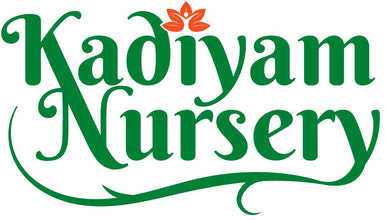
Livistona Mariae | The Ultimate Guide to Growing and Caring for the Cape Melville Palm Tree
Sure, I can provide a full guide blog on the Livistona mariae palm tree. Here's what you need to know:
Introduction: Livistona mariae, commonly known as the Cape Melville Palm or Maria Palm, is a species of palm tree native to the Cape York Peninsula in northern Queensland, Australia. It is named after Maria Creek, which is located in the Cape Melville Range. The palm has a solitary trunk that can grow up to 15 meters in height and 30 centimeters in diameter. Its leaves are fan-shaped and can reach up to 1.5 meters in length, with spiny leaf bases that form a characteristic "skirt" around the trunk.
Cultivation: Livistona mariae is a slow-growing palm tree that prefers well-drained soil and partial shade. It can tolerate full sun but may require more frequent watering in hot, dry conditions. The palm is best suited to tropical and subtropical climates, and can tolerate temperatures down to around 5°C (41°F). It is relatively low-maintenance and can be grown in a variety of settings, including gardens, parks, and public spaces.
Propagation: Livistona mariae can be propagated from seed or by division of mature clumps. To propagate from seed, the ripe fruit should be collected and cleaned before sowing. The seeds should be soaked in warm water for a few hours before planting in a well-draining potting mix. Germination can take several weeks to several months, and the seedlings should be kept in a warm, humid environment until they are established. To propagate by division, a mature clump can be carefully divided into several smaller plants, each with their own roots and leaves.
Maintenance: Livistona mariae requires little maintenance once established. It should be watered regularly, particularly during dry periods, and fertilized occasionally with a slow-release fertilizer. The palm can be pruned to remove dead or damaged leaves, but care should be taken not to remove too many leaves at once, as this can damage the plant. The spiny leaf bases can also be trimmed to improve the appearance of the trunk.
Pests and Diseases: Livistona mariae is relatively resistant to pests and diseases, but can be affected by spider mites and scale insects. Infestations can be treated with an insecticidal soap or oil. The palm can also be susceptible to fungal infections, particularly if the soil is poorly drained or the plant is overwatered. Fungal infections can be treated with a fungicide or by improving drainage.
Conclusion: Livistona mariae is a beautiful and relatively low-maintenance palm tree that is well-suited to tropical and subtropical climates. With proper care and maintenance, it can be a stunning addition to any garden or public space. If you're looking for a slow-growing, easy-to-care-for palm tree that is native to Australia, the Livistona mariae is definitely worth considering

Leave a comment